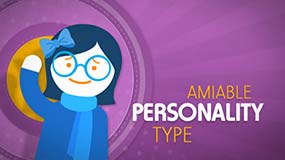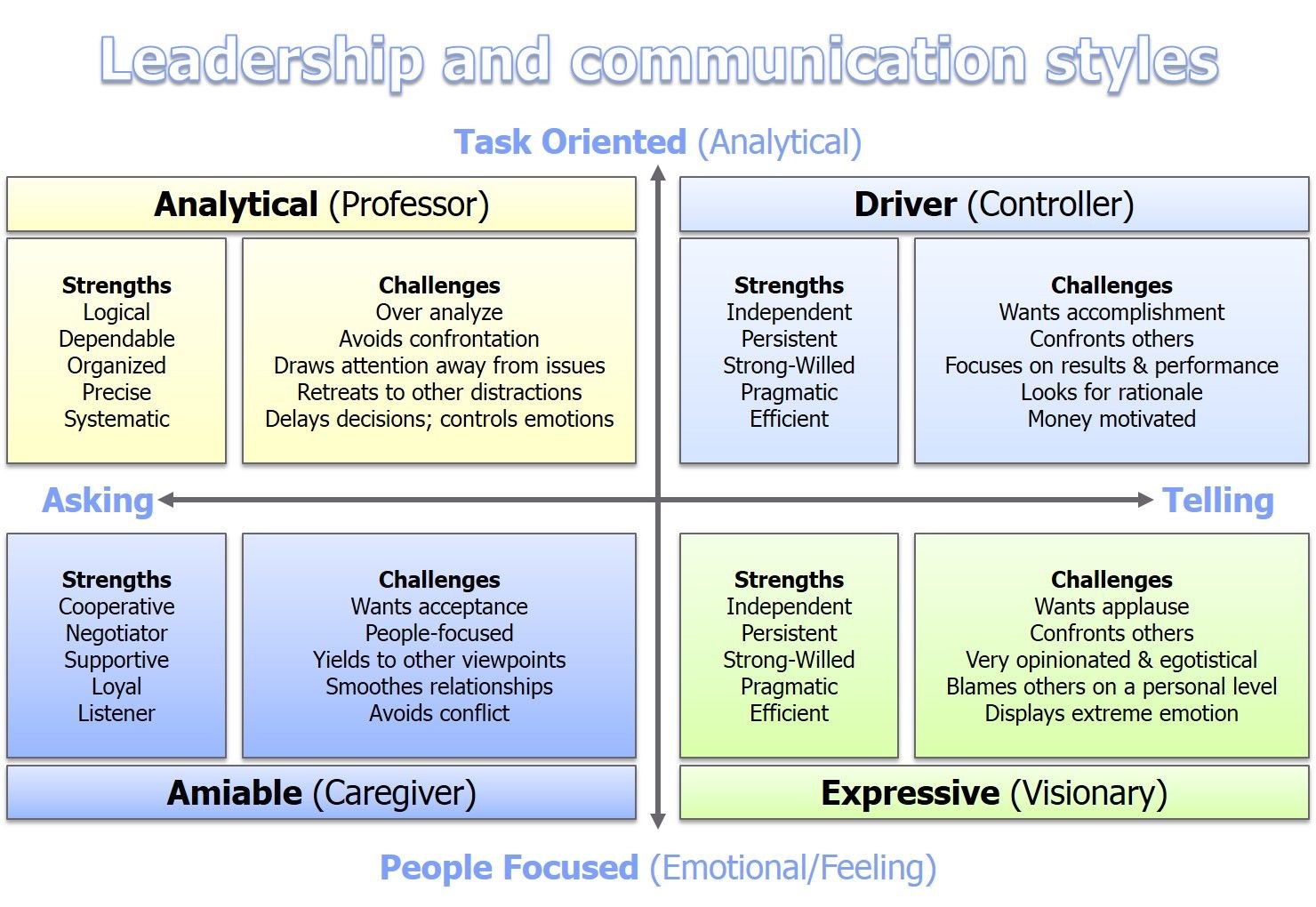

- Amiable personality type how to#
- Amiable personality type Patch#
- Amiable personality type software#
- Amiable personality type windows#
We all communicate differently, and that’s not a surprise. James Hollis, a famous clinical psychologist and author, says that “The single largest cause of conflict between two persons is that they are operating from different typological orientations.” Disagreements are inevitable conflict resolution is a must.ĭr. It takes understanding within your team to get the most out of your efforts. By giving your plans flexibility, you give yourself the freedom to pick the right solution for the unique objectives you have. Maybe a ladder works from the first floor to the second, but you need a spiral staircase to get to the third floor. Using small milestones also allows you to change your strategy from floor to floor. Maybe you even suggest something like an escalator to make the process easier and less painful. Suddenly the 20-story building isn’t as much of a chore.
Amiable personality type how to#
I have some ideas on how to get up there, but I’d also like to hear your feedback and get some ideas from you.” The first thing we need to do is get to the first floor. On the flip side, let’s say this person brought you into the building and said, “Okay, our objective is to get to the top of this building in order to get a better view of the city. You’ll probably resist or get tired of the climb after a while. Responses like “Because it will help us achieve our goals” or “It’s an initiative the higher-ups are pushing” or “I don’t like it either” are not very satisfying. Let’s say someone brought you to a building and said, “Alright team, we’re gonna climb this 20-story building.” Your initial reaction might be to ask why. Like taking the stairs instead of trying to jump up an entire floor.

Instead of one big hoorah-one big objective-think of change as a lot of small successes. How do you solidify these change concepts?īy creating clear milestones to achieve within the initiative. Phrases like ‘ digital transformation’ and ‘ technology adoption’ can be very ambiguous terms.

The larger change initiative (think digital transformation and similar concepts) will be a forever-long endeavor. A paradigm shift will resolve this uneasy feeling. A forever-long project? Talk about exhausting. If you’re like us, “never-ending” is a little daunting. It’s an ongoing process that might never really have an end. Change initiatives are no longer a fixed project with a beginning, middle, and end. As mentioned earlier, change is changing. Start laying the foundations for this model now, if you haven’t already.
Amiable personality type Patch#
Their new perspectives will patch holes you might have missed in your initial plans. By including your team in the education and planning stages of change management, they feel like they’re partially accountable for helping the change initiative succeed. Rather, view those changes as an opportunity to build unity, understanding, and contribution within your team.Ĭhange also gives you the chance to further define and explain business objectives and empower your employees to achieve those objectives. Don’t think about the impending changes as bad news. The answer is empathetic communication and collaboration. Why should they use Microsoft’s OneDrive instead of Google Drive, or Microsoft Teams instead of Slack? All they see is an imposing threat to their productivity and established workflows. People have been asked to adopt new software, methods, and mindsets without compelling explanation. Change is a heavy burden, and change burn-out is a real hazard.ħ0% of change programs fail to achieve their goals – in large part due to employee resistance. On top of that, according to Forbes Insights survey respondents, 38% of employees see change as too much of a threat. Compare this to 1.75 changes per year in 2012. Gartner says that employees experience 3 major changes each year. Getting people to adopt this change was simple command and control was enough.
Amiable personality type windows#
Once everyone was on Windows 2007, for example, the change initiative was complete. Change used to be a large overhaul once every couple of years with clear objectives and a solid endpoint. With this shift, change management has adapted.
Amiable personality type software#
We’ve shifted from legacy software to the cloud. But what exactly does the cliché mean? To find out, let’s take a look at the history of change management.

You’ve probably heard this before-change is changing.


 0 kommentar(er)
0 kommentar(er)
